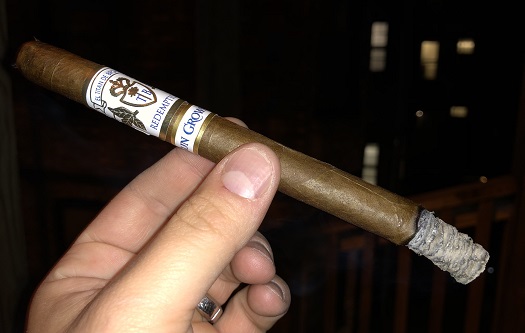
Earlier this month, I published a photo essay documenting my recent visit to El Titan de Bronze. Even if you’re not familiar with this small factory on Calle Ocho in Little Havana, Miami, chances are good you’ve enjoyed its cigars at one time or another. El Titan de Bronze counts companies such as Drew Estate, Warped Cigars, La Palina, Cornelius & Anthony, Padilla, El Primer Mundo, Cremo, and many others as clients.
 From the outside, you could easily mistake El Titan de Bronze as a mere retailer. The whole operation is only 2,200 square feet. But—unlike all the other cigar spots that dot Calle Ocho, many of which employ a window roller or two to lure tourists—El Titan de Bronze is a living, breathing factory full of rich history.
From the outside, you could easily mistake El Titan de Bronze as a mere retailer. The whole operation is only 2,200 square feet. But—unlike all the other cigar spots that dot Calle Ocho, many of which employ a window roller or two to lure tourists—El Titan de Bronze is a living, breathing factory full of rich history.
Its staff is also often called upon to not only craft cigars for other brands, but to also offer guidance and assistance when it comes to blending (one exception here is Willy Herrera of Drew Estate, who apparently does just fine on his own). The expertise El Titan de Bronze brings to the table is evident in its house blends, which are available for sale online—but, I am told, are mostly bought in-person at the factory.
Included in the lineup of house brands is El Titan de Bronze Redemption Sun Grown Habano. This blend features Nicaraguan binder and filler tobaccos around a sun-grown Ecuadorian Habano wrapper.
Cuban-seed Santo Domingo and Nicaraguan filler tobaccos, an Ecuadorian binder, and (as the name implies) a dark Habano wrapper. The Corona (5.75 x 48) sells for about $8.50 apiece. Six regular-production vitolas are available, including the Lancero (6.75 x 38), which retails for about $9. (Beyond the six core sizes—Churchill, Churchill Corto, Toro, Belicoso, Corona, and Lancero—there are five additional formats that are listed as “subject to availability.”)
The Redemption Sun Grown Habano Lancero sports a well-executed pigtail cap and attractive dual bands of white, gold, and blue. It is moderately firm from head to foot with no hard or soft spots. The wrapper is uniform in color and dry with a few large veins. The cold draw is moderately firm, and the soft pre-light notes remind me of hay and molasses.
Many cigars offer fleeting moments of brilliant notes of roasted nuts. For whatever reason, this typically emerges after the first third is completed. In this case, however, that awesome flavor takes center stage right from the get-go. Other tastes include spicy cedar, white pepper, and cinnamon. As the Lancero progresses, a salted caramel note joins the fray to add some creaminess and sweetness.
Then, at the midway point, the entire profile takes a turn, abandoning the roasted nuts, sweetness, creaminess, and spice for a mellower (and, frankly, less interesting) flavor of bread, cereals, and dry oak. Fortunately, this retreat is short-lived. Just as you might begin to lose interest, the roasted nut note comes back, as does the spice.
Throughout, the burn line is straight and the ash holds well off the foot. The draw is tighter than I would like in the first half—even for a lancero—and, as a result, the smoke production is a bit below average. Everything opens up nicely in the final third, though.
I am a fan of lanceros, which is why I gravitated towards this size for my first foray with the El Titan de Bronze Redemption Sun Grown Habano. That said, I can’t help but think the experience would have been improved by the clearer draw that’s likely afforded by the thicker sizes. I look forward to giving those a try. For now, this cigar earns a rating of three stogies out of five.

[To read more StogieGuys.com cigar reviews, please click here.]
–Patrick A
photo credit: Stogie Guys
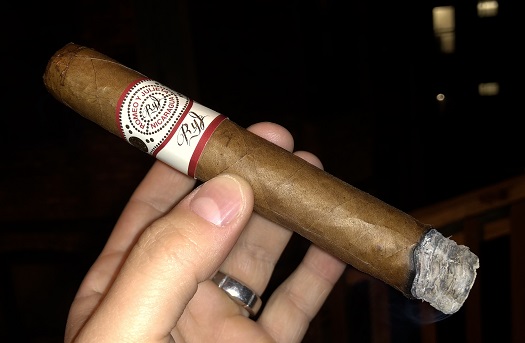


 From the outside, you could easily mistake El Titan de Bronze as a mere retailer. The whole operation is only 2,200 square feet. But—unlike all the other cigar spots that dot Calle Ocho, many of which employ a window roller or two to lure tourists—El Titan de Bronze is a living, breathing factory full of rich history.
From the outside, you could easily mistake El Titan de Bronze as a mere retailer. The whole operation is only 2,200 square feet. But—unlike all the other cigar spots that dot Calle Ocho, many of which employ a window roller or two to lure tourists—El Titan de Bronze is a living, breathing factory full of rich history.
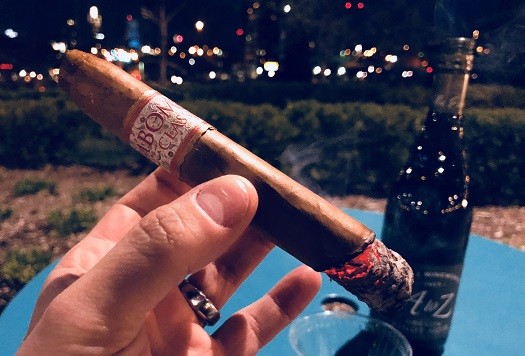
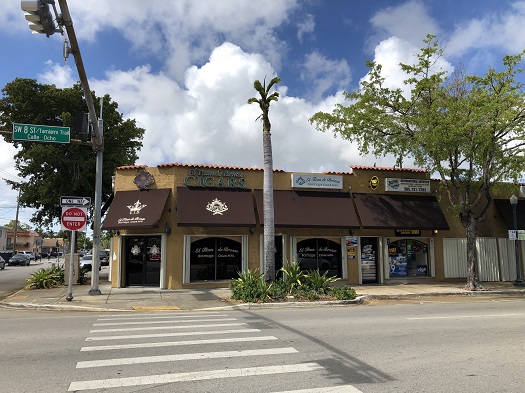
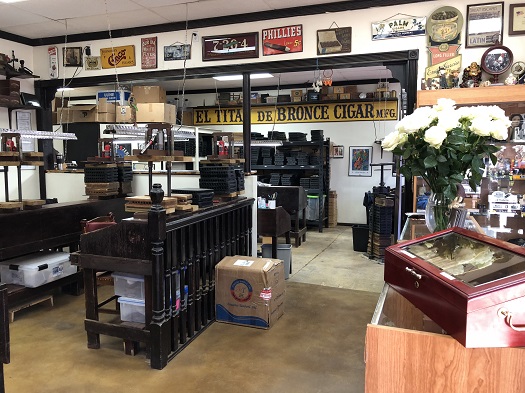
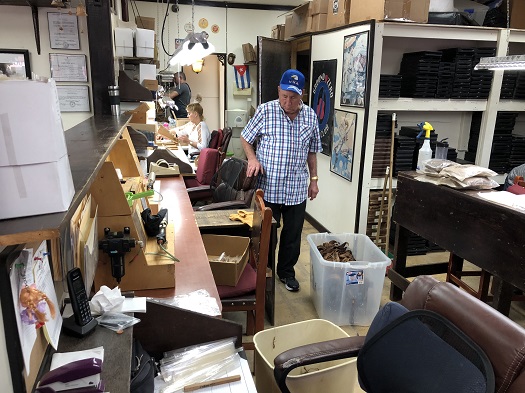
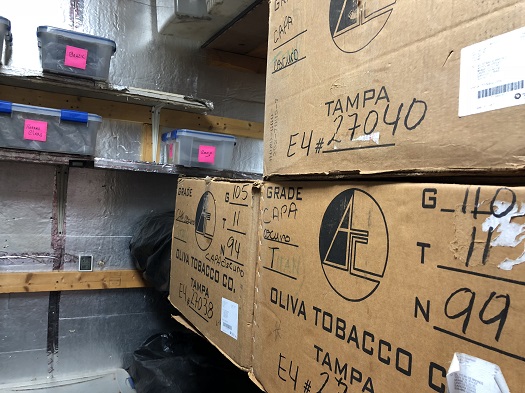


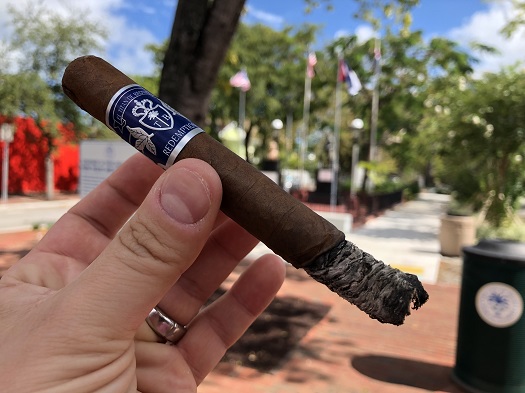

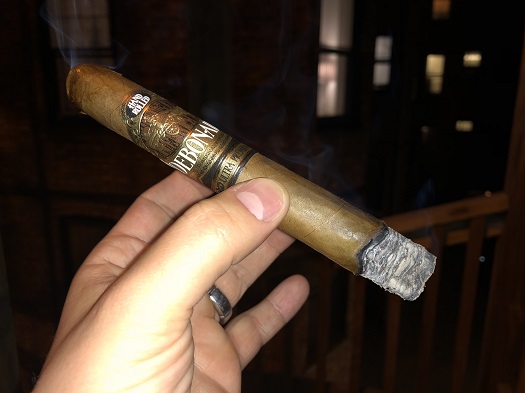
 Of the partnership, Jonathan Drew had this to say: “Phil Zanghi has been a dear personal friend of mine for two decades. When I permanently moved to Nicaragua in 1998, I wasn’t speaking no fancy languages like Spanish, so Phil helped keep me sane, as we scuttled back and forth between Nica and Honduras. He’s been a psychological and spiritual Drew Estate booster from our beginnings.â€
Of the partnership, Jonathan Drew had this to say: “Phil Zanghi has been a dear personal friend of mine for two decades. When I permanently moved to Nicaragua in 1998, I wasn’t speaking no fancy languages like Spanish, so Phil helped keep me sane, as we scuttled back and forth between Nica and Honduras. He’s been a psychological and spiritual Drew Estate booster from our beginnings.â€

 Patrick Ashby
Co-Founder & Editor in Chief
Patrick Ashby
Co-Founder & Editor in Chief Patrick Semmens
Co-Founder & Publisher
Patrick Semmens
Co-Founder & Publisher George Edmonson
Tampa Bureau Chief
George Edmonson
Tampa Bureau Chief